Stuart Forster looks into responsible tourism in Sommières, France.
Sommières, a small town in southern France, has long been a popular summer holiday destination. The town is embracing responsible tourism and providing visitors with opportunities to experience regional flavours and meet local people, as I discovered during a visit in June.
Responsible tourism helps boost the regional economy by encouraging outsiders to ‘think local’ and spend money at independent businesses. In the case of Sommières, this could be at the stalls of the popular Saturday morning market, which draws 20,000 visitors every week of the holiday season, or in shops on the narrow streets of the old town.
Just as social media popularises the concept of engaging and interacting with virtual networks, responsible tourism also fosters exchanges with local communities. The goal, locals explained to me, is for people to take home deeper, more meaningful impressions of Sommières and the surrounding region.
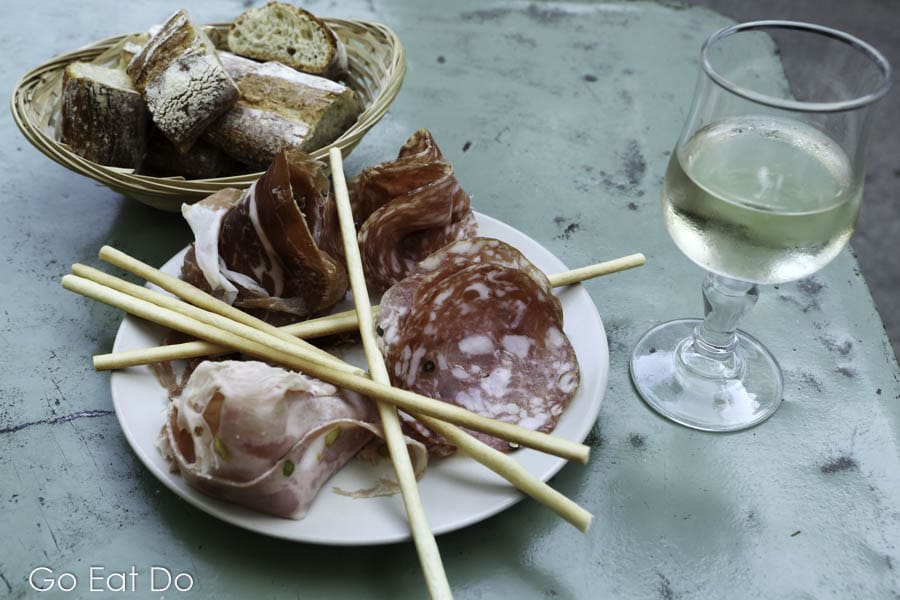
The Passion Terroir network
One responsible tourism initiative active in and around Sommières is Passion Terroir, a network of people drawn from Languedoc’s hospitality industry. The group was founded in 2010 to fast-track connections between tourists and locals while introducing the best of the region’s produce. In addition to guesthouse owners and hoteliers, Passion Terroir has food and wine producers, sommeliers and restaurateurs.
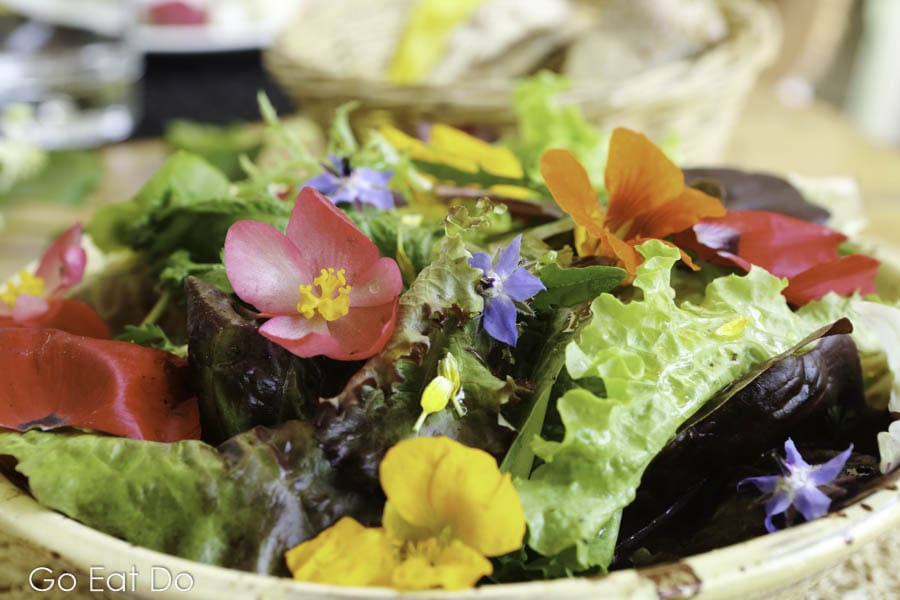
Members are able to provide visitors with informed suggestions on where to go and what to do, meaning authentic insights into the region’s heritage and positive dining experiences. This is thanks to the recommendation of tried and tested places that are held in high regard locally.
Throughout the summer, weekly meetings are held at vineyards and guesthouses within a 20-kilometre (12.5-mile) radius of Sommières. These enable winemakers to showcase their produce while attendees bring regionally produced food to share at a buffet. This means people get an opportunity to socialise while pairing wines with the flavours of foodstuffs such as pincholine olives grown in Villevieille. Pélardon goat’s cheese, produced up in the nearby Cévennes Mountains, uses the milk of animals that consume wild plants from the garrigue scrubland.
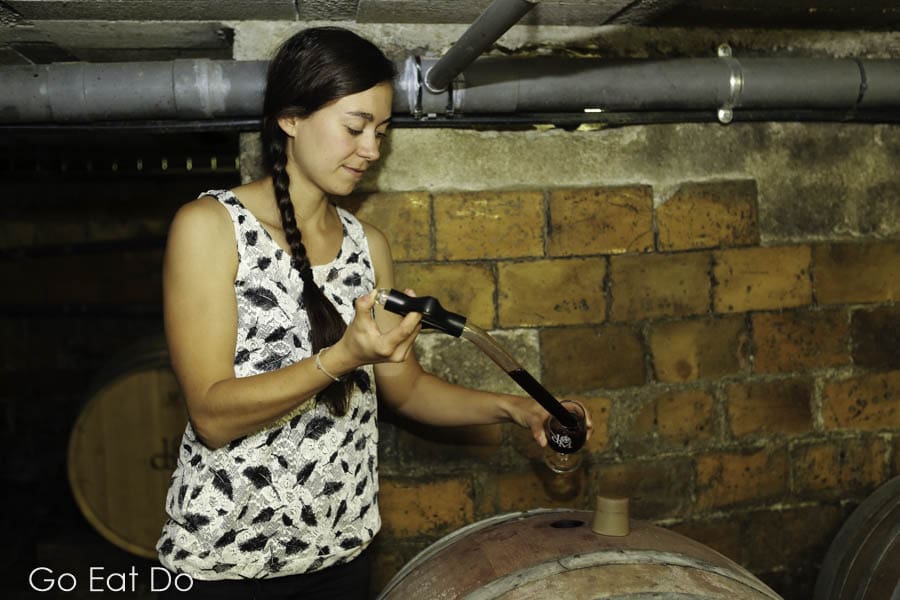
Meeting with local winemakers
The meetings provide visitors opportunities to come face-to-face with winemakers such as Hervé Sauvaire, who operates a 28-hectare vineyard that’s been owned by his family since 1660. The vaulted stone cellar of the Mas de Reilhe farmhouse is typical of the venues used for Passion Terroir’s meetings. After visiting an estate and hearing how the wine is produced, people often feel inclined to make purchases.
In a region with numerous wine estates and high annual output, winemakers have had to become innovative in order to stand out and boost custom. The Domaine de Massereau opened a campsite in 2006, to create a market for the estate’s wine, which is sold in the site’s shop and at its gourmet restaurant, La Source.
The property recently became France’s first five-star campsite and the facilities include two swimming pools, a sauna and massage area plus courts for playing a variety of sports. The Roc de Masserea Adventure Park, featuring a high-ropes course and zip-lines, is also on the estate, which is located by a loop in the River Vidourle. The result encourages families to stay local, despite the nearest Mediterranean beaches being 30 minutes away by road.
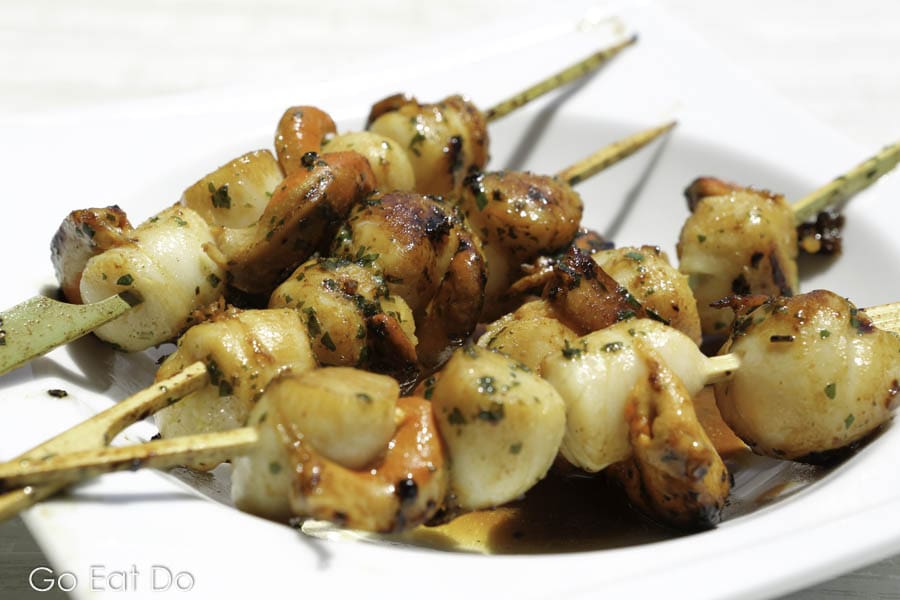
Cycling and walking in the Gard
Increasingly, the Gard is proving a popular destination with walkers, cyclists and riders keen to mount one of the region’s white Camargue horses. Marked trails make navigation through the countryside easy.
One of the newest routes is the 21-kilometre (13-mile) voie verte, meaning the ‘green way’, which cuts through the Domaine de Massereau, along what was once the Sommières-Nîmes railway line. The route passes by the town’s former station, which was renovated last year and now hosts the 23-room Hotel Estelou, whose lobby displays monochrome photos of the building in operation during the early 20th century.
The voie verte’s three-metre wide tarmac surface is open to use by all forms of non-mechanised transport. Additionally, circular cycling routes, such as Les Olivettes (21-kilometre / 13-mile) and Le Vidourle (34-kilometre / 21-mile), provide rural impressions but bring riders back into Sommières.

Maintaining Sommières’ heritage and architecture
It’s worth exploring the picturesque small town, which grew up alongside the River Vidourle during the Middle Ages and today houses 4,500 residents. One of the most photographed locations is Sommières’ arched bridge, built in the 1st century by Roman engineers. Le Printemps des Pierres de Sommières is an association dedicated to maintaining the municipality’s buildings and heritage. This encompasses everything from erecting Olde Worlde-style shop signage to major restoration projects.
In June, Sommières’ hilltop castle opened its renovated royal chapel to the public, with a new interactive interpretation centre. Visitors can gain insights into the town’s history, including how King Louis IX made the castle his in 1248. The 25-metre (82-feet) high tower provides fine views over the terracotta tiles of rooftops in the town centre and surrounding hinterland.
Thanks to local initiatives, visitors have reasons to stay and explore the streets and countryside below.
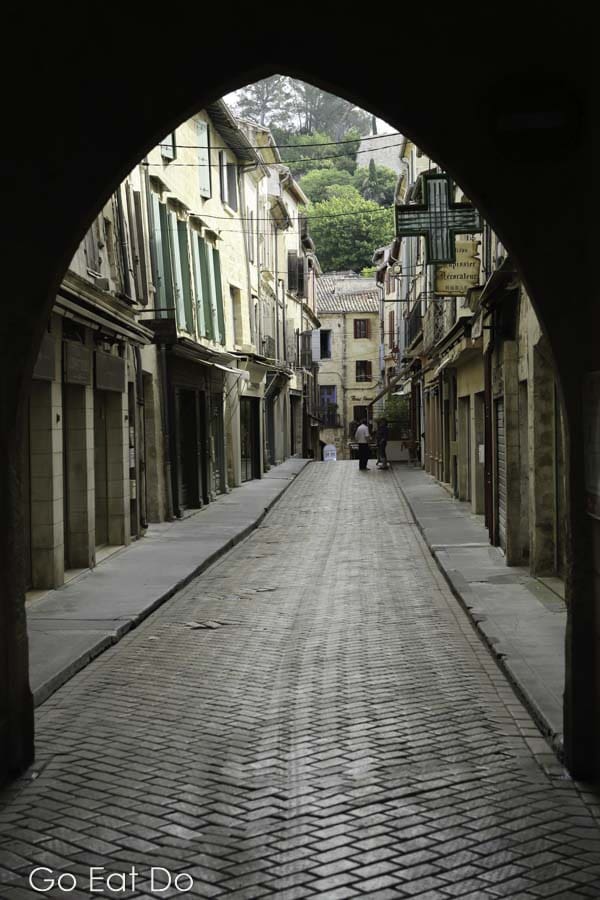
Getting to Sommières
Stuart travelled from London to Paris on the Eurostar, then from Paris to Nimes on France’s high-speed TGV train operated by SNCF.
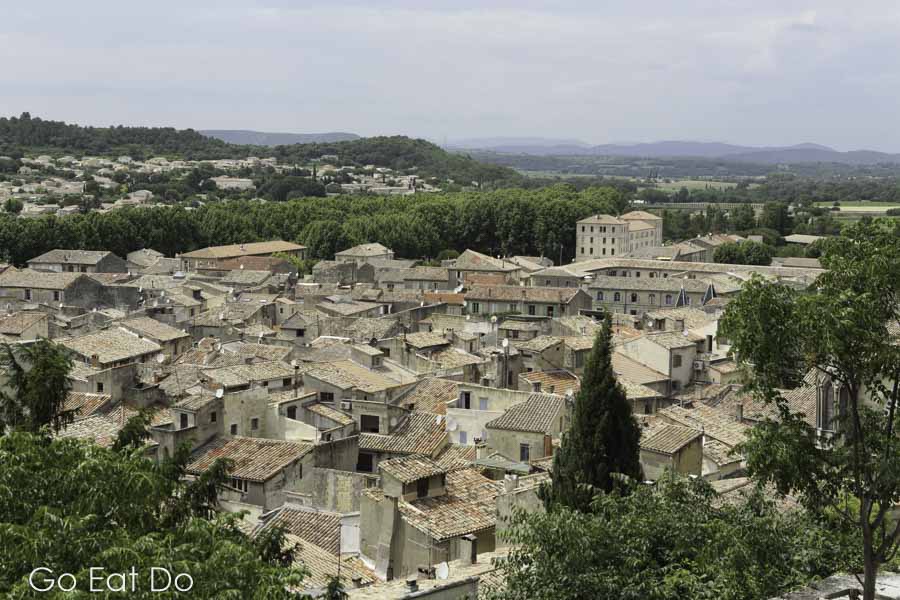
Further information
See the Sommières Tourism Office, Gard Tourism and Explore France websites for information on the city and wider region.
Photos illustrating this post are by Why Eye Photography.
If you enjoyed this post why not sign up for the free Go Eat Do newsletter? It’s a hassle-free way of getting links to posts on a monthly basis.
‘Like’ the Go Eat Do Facebook page to see more photos and content.
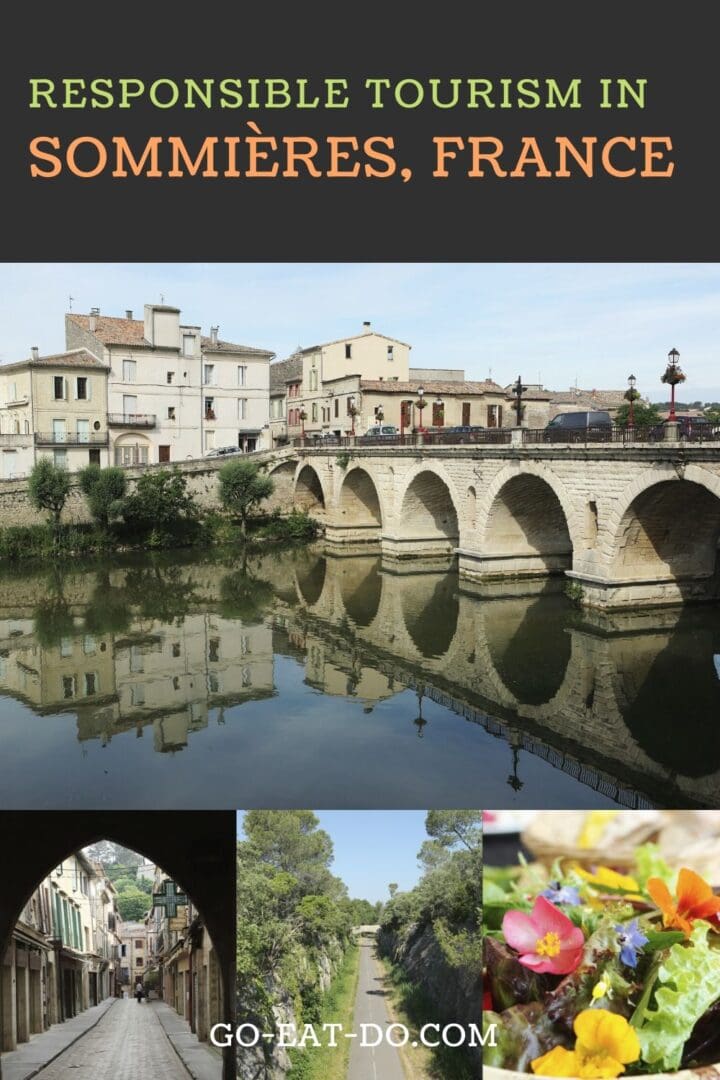



Barbara Matthews
January 6, 2018 at 20:24Thanks for the detail in this fantastic post. I’ve been reading for a while but this is the first time I’ve left a comment.
Stuart Forster
January 7, 2018 at 14:57Thank you for following Go Eat Do!